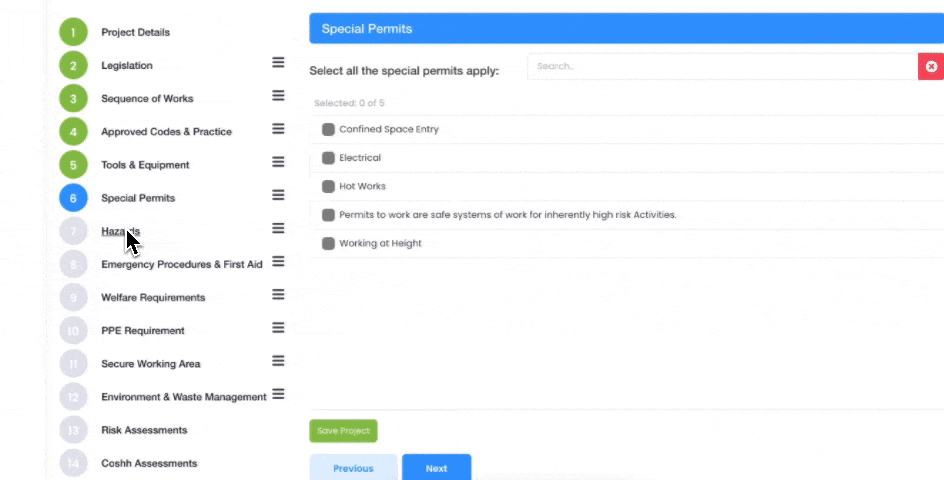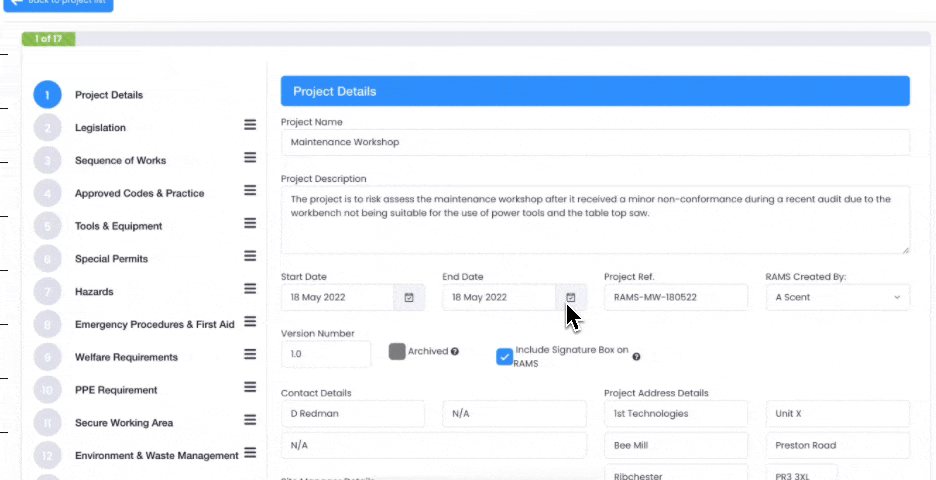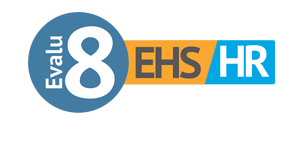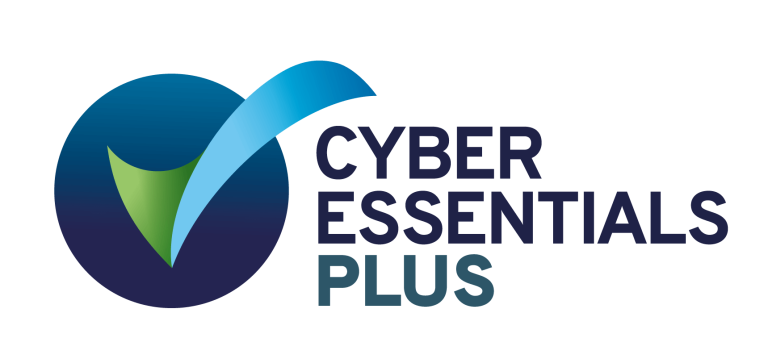RAMS, or Risk Assessment and Method Statement, is a crucial component in project management. It involves identifying potential risks and hazards, assessing their likelihood and severity, and developing strategies to mitigate them. While RAMS are not legally mandated in all situations, they are highly recommended and often required in certain industries and projects.
RAMS and the Health and Safety at Work Act
The Health and Safety at Work Act, enacted in 1974, places a legal responsibility on employers to ensure the health, safety, and welfare of their employees and others who may be affected by their activities. This comprehensive legislation covers a wide range of workplace hazards and requires employers to take proactive measures to protect their workforce.
Under the Health and Safety at Work Act, employers are required to undertake risk assessments to identify potential hazards and evaluate the associated risks. These risk assessments help organizations understand the specific dangers present in their workplace and develop appropriate control measures to mitigate those risks.
RAMS, which combine risk assessments and method statements, provide a structured approach to comply with these legal obligations. Risk assessments involve identifying hazards, evaluating the likelihood and severity of potential harm, and determining suitable control measures. Method statements, on the other hand, outline the specific steps and procedures to be followed when carrying out certain tasks or activities, ensuring that they are done safely.
The importance of compliance
Complying with legal requirements is not only an ethical obligation but also a practical consideration for organizations. Failing to have proper RAMS in place can lead to serious consequences, including legal liabilities, fines, suspension of work, and damage to reputation.
Legal liabilities can arise if an organization fails to adequately assess and mitigate risks, resulting in harm to employees or others. In such cases, employers may be held legally responsible for negligence and face legal action, potentially leading to significant financial penalties.
Fines imposed for non-compliance with health and safety regulations can also have a substantial impact on an organization’s finances. The severity of fines varies depending on the nature and extent of the breach, but they can reach significant amounts, especially in cases where there has been a disregard for the safety of workers.
Furthermore, non-compliance with health and safety regulations can result in the suspension of work activities. Regulatory bodies have the power to halt operations if they deem them to be unsafe, causing disruption to business operations and potentially leading to financial losses.
Finally, the reputation of an organization can suffer greatly if it is perceived as neglecting the safety and well-being of its employees. Negative publicity and damaged relationships with stakeholders can have long-lasting effects on the success and sustainability of the business.
Therefore, implementing robust RAMS is not only essential for legal compliance but also for protecting the well-being of workers and safeguarding the reputation and viability of the organization.
The implications of not having RAMS
The absence of RAMS (Risk Assessments and Method Statements) can have far-reaching implications for projects and organizations. Without proper risk assessments and control measures, projects are vulnerable to various risks and hazards, which can impact the safety of workers, disruption to operations, and even financial losses.
Potential risks and consequences
Not having RAMS increases the likelihood of accidents, injuries, and workplace incidents. This can lead to legal consequences, including fines and legal claims. Additionally, it can damage the reputation of the organization, affecting its relationships with clients, partners, and employees.
The impact on project efficiency
Projects without RAMS are more likely to face delays, disruptions, and cost overruns due to unforeseen risks and unmanaged hazards. This can result in a loss of productivity, increased expenses, and an overall decrease in project efficiency. Implementing RAMS helps to anticipate, address, and mitigate risks, ensuring smoother project execution.
The process of creating effective RAMS
To create effective RAMS, several key elements must be considered. These elements help to ensure that RAMS are comprehensive, up-to-date, and fit for purpose.
Key elements to include in your RAMS
When developing RAMS, it is essential to include a detailed risk assessment, clearly identifying and evaluating potential hazards. This should be followed by a method statement outlining the specific steps, procedures, and control measures to minimize the identified risks. Additionally, RAMS should include a communication plan, outlining how information regarding hazards and control measures will be shared with relevant stakeholders.

With Evalu-8 EHS you can create RAMS 15 times faster, on any device, anywhere.
Ensuring your RAMS are comprehensive and up-to-date
RAMS should be regularly reviewed and updated to reflect any changes in the project, its environment, or its associated risks. It is crucial to involve relevant stakeholders, such as project managers, safety officers, and employees, in the ongoing assessment and improvement of RAMS to ensure their effectiveness.

With Evalu-8 EHS you can easily, date and version RAMS to ensure you have the latest version
The benefits of RAMS beyond legal requirements
While legal compliance is a significant driver for implementing RAMS, their benefits extend beyond meeting minimum obligations. RAMS have several positive impacts on project organization, planning, communication, and overall project success.
Enhancing project organisation and planning
RAMS require a systematic evaluation of risks, helping project teams identify potential issues and plan appropriate control measures in advance. This proactive approach enhances project organisation and ensures that potential risks are adequately considered and addressed, minimising the likelihood of disruptions.
Improving communication and understanding in the team
RAMS encourage effective communication and collaboration among project team members. By clearly documenting risks, hazards, and control measures, RAMS enable easy sharing of information and facilitate a common understanding among team members, promoting a safer and more efficient working environment.
In conclusion, while RAMS may not be mandatory in all situations, they are crucial for ensuring the health, safety, and success of projects. Implementing RAMS provides a structured approach to identify, assess, and manage risks, helping organizations comply with legal requirements and protect their workforce. Beyond legal obligations, RAMS contribute to enhanced project organization, planning, and communication, ultimately leading to safer, more efficient, and successful projects.
Need a quick and easy way to create and share RAMS?
Watch a 3 min video




